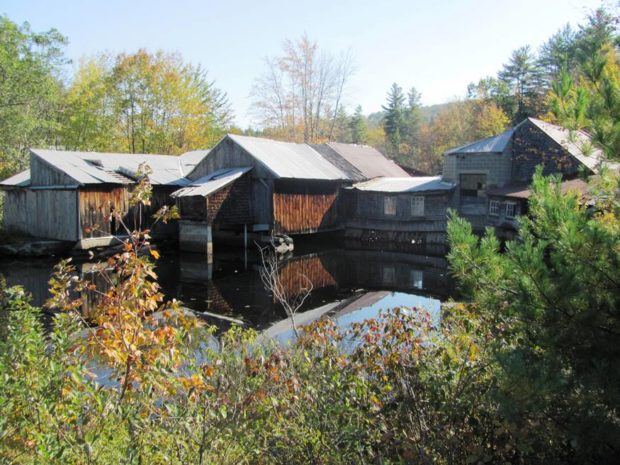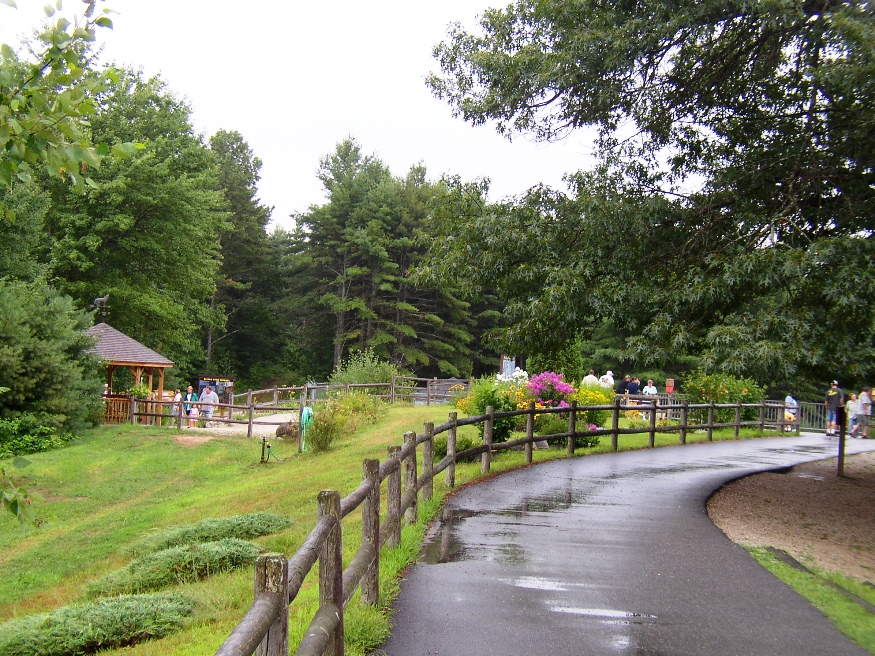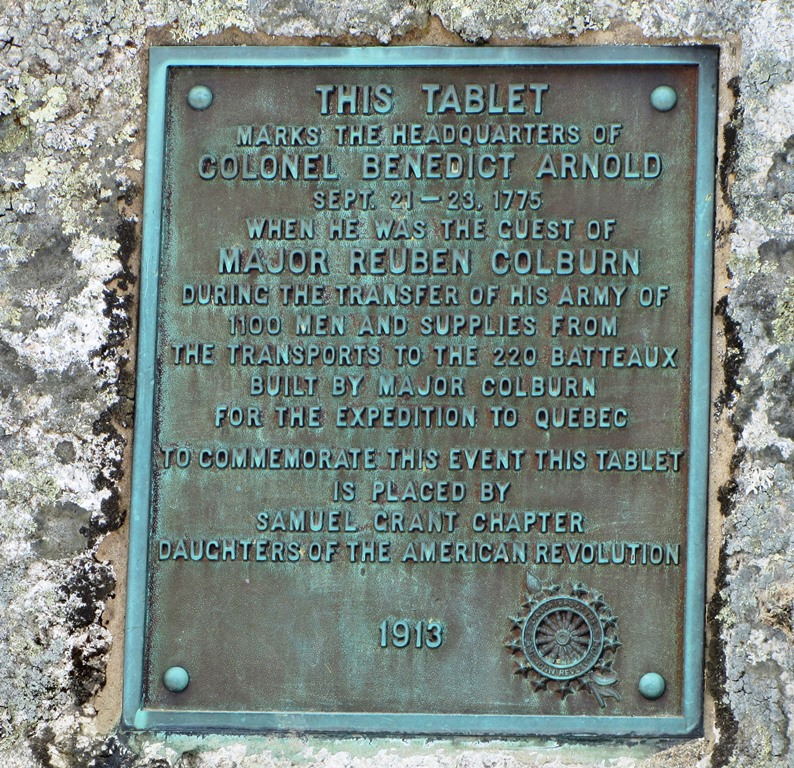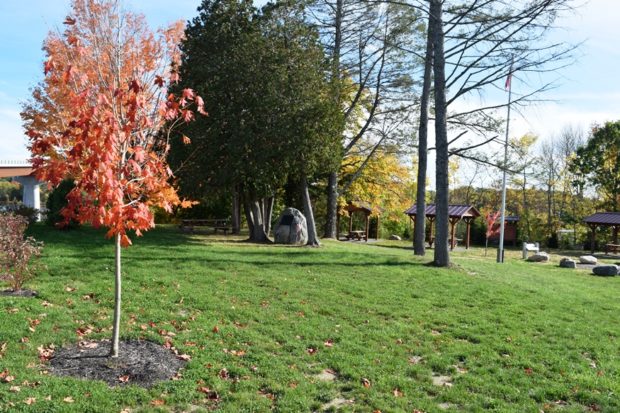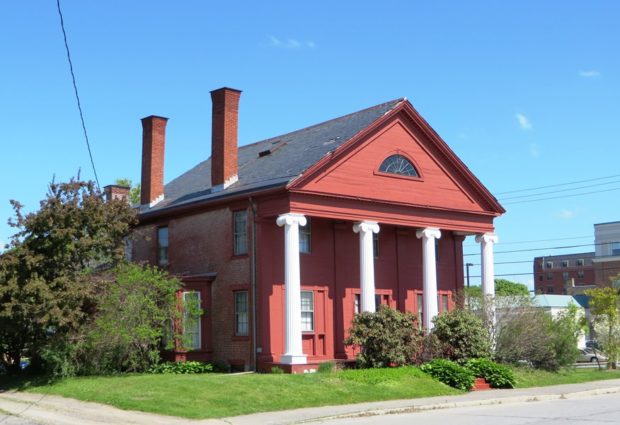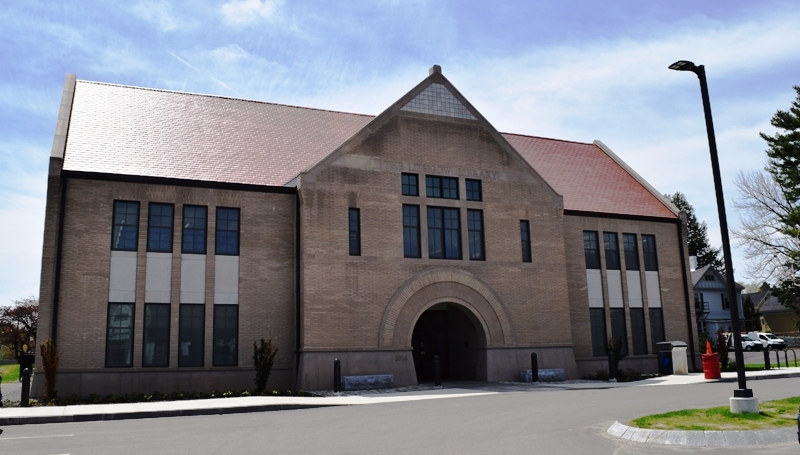Sedgwick

Eggemoggin Reach is a long stretch of water between the mainland and Deer Isle and Little Deer Isle. See photos. The Benjamin River provided tidal power to a grist mill near Sedgwick village. In addition the town had another grist mill, some saw mills, and two silver mining companies. Shipbuilding was yet another industry. Other villages are North Sedgwick, Sargentville, Black Corner, and Grays Corner.


